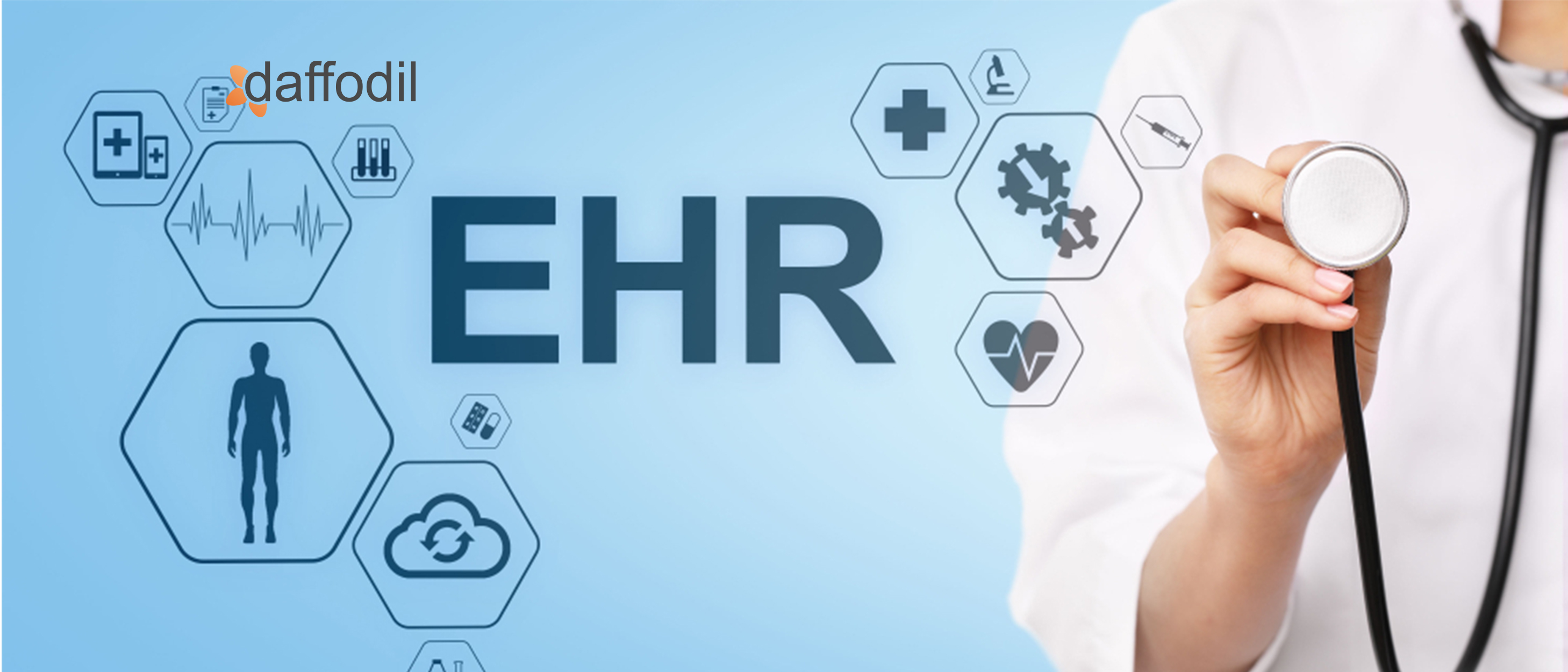Electronic Health Records Software: Transforming Healthcare Documentation

In the digital age of healthcare, Electronic Health Records (EHR) Software has revolutionised the way medical information is recorded, stored, and accessed. This article explores the significance, features, benefits, challenges, and the impact of EHR Software on healthcare institutions and patient care.
1. Introduction
Electronic Health Records (EHR) Software has become the backbone of modern healthcare, transforming the way healthcare providers manage and access patient data. This article delves into the world of EHR Software, its functionalities, and its profound impact on healthcare delivery.
2. Understanding Electronic Health Records (EHR) Software
2.1 What Are Electronic Health Records?
Electronic Health Records, or EHR, are digital versions of a patient’s paper medical history. EHR Software is designed to create, store, and manage these records, making them easily accessible to authorised healthcare providers.
2.2 Key Features of EHR Software
Patient Records: Stores comprehensive patient health records, including medical history, diagnoses, treatments, and test results.
Real-time Updates: Allows for real-time updates and access to patient information by authorised personnel.
Prescription Management: Facilitates electronic prescription orders and medication tracking.
Billing and Coding: Assists in accurate billing and coding for insurance claims.
Data Analytics: Provides data analytics tools for insights into patient populations and healthcare trends.
3. The Importance of EHR Software
EHR Software plays a pivotal role in modern healthcare for several reasons:
Data Accessibility: It ensures that critical patient information is readily available when needed.
Enhanced Coordination: It enables seamless communication and coordination among healthcare providers.
Improved Efficiency: It streamlines administrative tasks, reducing paperwork and manual data entry.
Patient Engagement: It empowers patients to access their own health records and participate in their care.
4. Benefits of EHR Software
4.1 Enhanced Data Accessibility
EHR Software provides instant access to patient records, enabling healthcare providers to make informed decisions quickly.
4.2 Improved Patient Care
With comprehensive patient histories at their fingertips, healthcare providers can offer more personalised and efficient care.
4.3 Streamlined Workflows
EHR Software automates administrative tasks, reducing the time and effort required for documentation and paperwork.
4.4 Data Security
Robust security measures are in place to protect patient data, ensuring compliance with privacy regulations.
4.5 Cost Savings
By reducing the need for paper records, EHR Software can lead to significant cost savings for healthcare facilities.
5. Challenges in Implementing EHR Software
5.1 Initial Costs and Training
The implementation of EHR Software may involve initial setup costs and staff training, which can be a substantial investment.
5.2 Data Migration and Integration
Migrating existing paper records to digital formats and integrating EHR Software with other healthcare systems can be complex.
5.3 User Resistance
Healthcare professionals accustomed to traditional paper records may resist the transition to electronic systems.
6. Interoperability and Standards
EHR Software should adhere to interoperability standards to ensure seamless data exchange among different healthcare providers and systems.
7. Choosing the Right EHR Software
Selecting the appropriate EHR Software involves assessing factors like scalability, customization options, and compliance with healthcare regulations.
8. Future Trends in EHR Software
Future developments in EHR Software include enhanced interoperability, telehealth integration, artificial intelligence for predictive analytics, and increased patient engagement through mobile applications.
9. Conclusion
Electronic Health Records (EHR) Software has become an integral part of modern healthcare, significantly improving the efficiency and quality of patient care. Despite initial challenges, its widespread adoption is indicative of its undeniable value in enhancing healthcare delivery.
10. Frequently Asked Questions (FAQs)
Q1: What are the primary advantages of EHR Software?
EHR Software offers benefits such as enhanced data accessibility, improved patient care, streamlined workflows, data security, and cost savings.
Q2: How is data security ensured in EHR Software?
EHR Software employs encryption, access controls, and strict data security protocols to protect patient information.
Q3: Can EHR Software integrate with other healthcare systems?
Yes, interoperability is a key feature of EHR Software, allowing it to integrate seamlessly with other healthcare systems and share data.
Q4: What role does EHR Software play in telehealth?
EHR Software can facilitate telehealth services by providing access to patient records and enabling remote consultations.
Q5: How can healthcare providers overcome resistance to EHR adoption among staff?
Effective training, change management strategies, and highlighting the benefits of EHR can help overcome user resistance.
In conclusion, Electronic Health Records (EHR) Software has become an indispensable tool in modern healthcare, improving data accessibility, patient care, and overall operational efficiency. As technology continues to advance, healthcare institutions embracing EHR Software are poised to deliver higher-quality care while optimising their administrative processes.